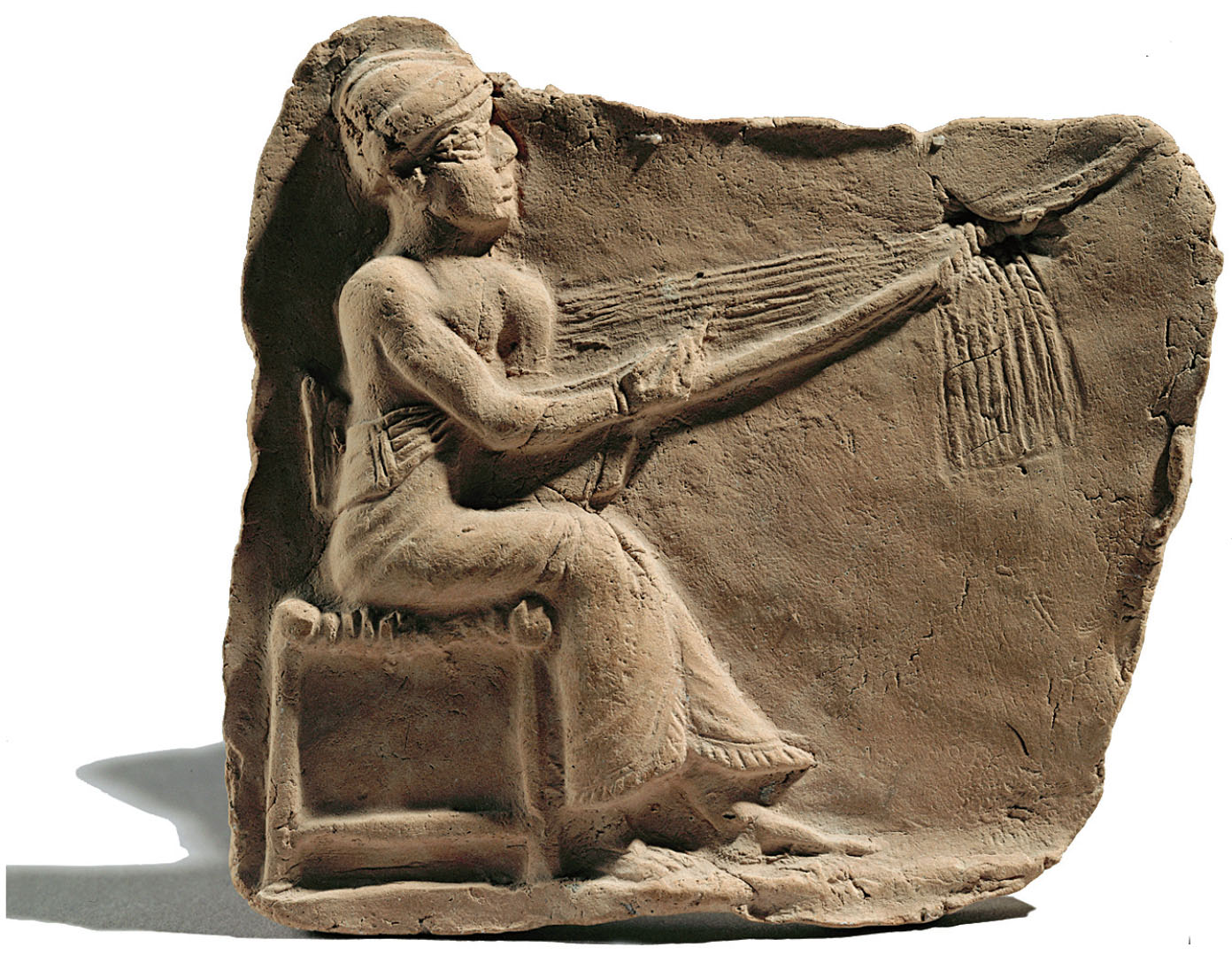A History of World Societies:
Printed Page 35
A History of World Societies Value
Edition: Printed Page 34
Chapter Chronology
Environmental Challenges, Irrigation, and Religion
Mesopotamia was part of the Fertile Crescent, where settled agriculture first developed (see “The Development of Horticulture” in Chapter 1). The earliest agricultural villages in Mesopotamia were in the northern, hilly parts of the river valleys, where there is abundant rainfall for crops. Farmers had brought techniques of crop raising southward by about 5000 B.C.E., to the southern part of Mesopotamia known as Sumer (SOO-mer). In this arid climate farmers developed large-scale irrigation, which required organized group effort but allowed the population to grow. By about 3800 B.C.E. one of these agricultural villages, Uruk (OO-rook), had expanded significantly, becoming what many historians view as the world’s first city, with a population that eventually numbered more than fifty thousand. Over the next thousand years, other cities emerged in Sumer, trading with one another and creating massive hydraulic projects including reservoirs, dams, and dikes to prevent major floods. These cities built defensive walls, marketplaces, and large public buildings; each came to dominate the surrounding countryside, becoming city-states independent from one another, though not very far apart.

Sumerian Harpist This small clay tablet, carved between 2000 B.C.E. and 1500 B.C.E., shows a seated woman playing a harp. Her fashionable dress and hat suggest that she is playing for wealthy people, perhaps at the royal court. Images of musicians are common in Mesopotamian art, which indicates that music was important in Mesopotamian culture and social life. (Erich Lessing/Art Resource, NY)
The city-states of Sumer relied on irrigation systems that required cooperation and at least some level of social and political cohesion. The authority to run this system was, it seems, initially assumed by Sumerian priests. Encouraged and directed by their religious leaders, people built temples on tall platforms in the center of their cities. Temples grew into elaborate complexes of buildings with storage space for grain and other products and housing for animals. (Much later, by about 2100 B.C.E., some of the major temple complexes were embellished with a huge stepped pyramid, called a ziggurat, with a shrine on the top.) Surrounding the temple and other large buildings were the houses of ordinary citizens, each constructed around a central courtyard.
To Sumerians, and to later peoples in Mesopotamia as well, many different gods and goddesses controlled the world, a religious idea later scholars called polytheism. Each deity represented cosmic forces such as the sun, moon, water, and storms. The gods judged good and evil and would punish humans who lied or cheated. Gods themselves suffered for their actions, sometimes for no reason at all, just as humans did. People believed that humans had been created to serve the gods and generally anticipated being well treated by the gods if they served them well. The best way to honor the gods was to make any temple built for them as grand and impressive as possible, because the temple’s size demonstrated the strength of the community and the power of its chief deity. Once it was built, the temple itself, along with the shrine on the top of the ziggurat, was often off-limits to ordinary people. Instead the temple was staffed by priests and priestesses who carried out rituals to honor the god or goddess.
